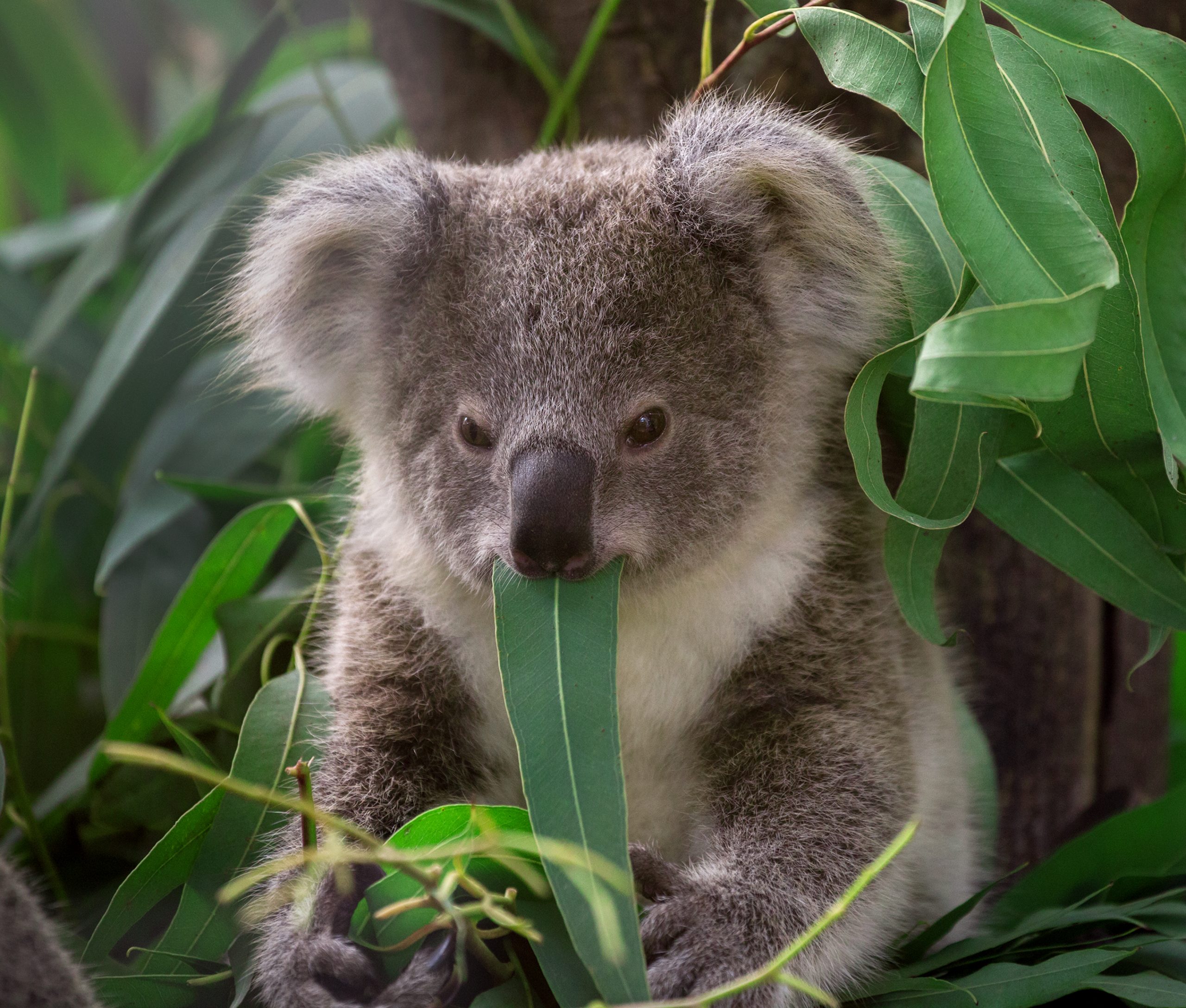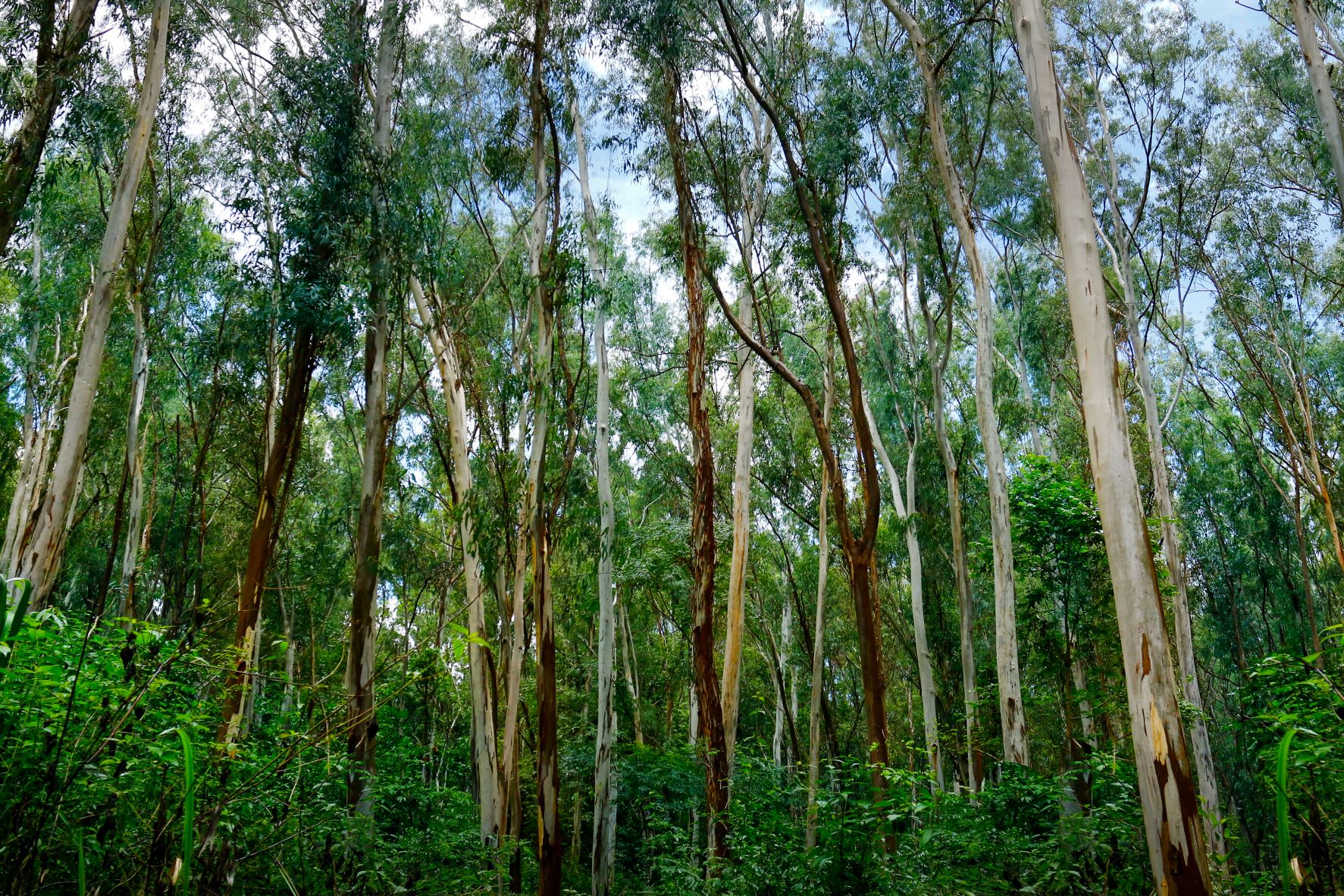From Blue Gum to Chinese Drum…
Problems with Australian Eucalyptus Blue Gum
End users associate Eucalyptus Oil with Australia, as images of Eucalyptus-loving koalas and kookaburras sitting in gum trees may spring to mind, and rightfully so, as Australia have an extensive history with growing and using Eucalyptus for traditional medicine and hygiene products. Alas, it was a perfect storm of misfortune that hamstrung the Australian Eucalyptus Blue Gum (Eucalyptus Globulus) market in the last few years. The tragic bushfires that occurred between September 2019 and January 2020 devastated the Australian Blue Mountains and caused the supply of Australian Eucalyptus Oil to virtually stop as roughly 5.8 million hectares of grassland burned during this period. As a result of this, Eucalyptus oil became scarcely sourced from Australia, with Chinese production overtaking Australia’s costly manual harvesting process, as workers had to climb the trees and hack down the most abundant branches.
 Image: Koala eating Eucalyptus
Image: Koala eating Eucalyptus
Chinese Eucalyptus Globulus Oil
China is by far the largest exporter of Eucalyptus globulus. Approximately 4.6 million hectares of farmland and scrubland are used as fast-growing Eucalyptus plantations in China.
Despite this, there is a significant price inflation for genuine Eucalyptus Globulus Oil as production is hard work and unscrupulous operators adulterate the oil with lower cost white camphor oil, which can add additional components of high concern such as para-cymene and pinenes. Our producer ensures that these components are within specification and that there are no traces of sabinene and camphor present, which are also characteristics of an adulterated oil.
 Image: Eucalyptus Forest
Image: Eucalyptus Forest
Organic Eucalyptus Globulus Oil
We source our organic Eucalyptus Globulus Oil from a large plantation in Spain. The signature component of Eucalyptus Globulus oil is Cineole (aka Eucalyptol) and Pharmacopoeia standards exist for 70 and 80% levels. These are produced by multiple distillations / rectifications until the required cineole level is reached. After the first distillation, the crude oil has around 55% cineole levels and is quite camphorous, but after the second distillation a cineole level of about 70% is achieved and the oil has its familiar odour. With less cineole than the Chinese oil, the terpenes present give a more aromatic and deeper character.
As always, if you are interested in sampling our Eucalyptus Oils, please get in touch at samplerequest@khushing.com.
